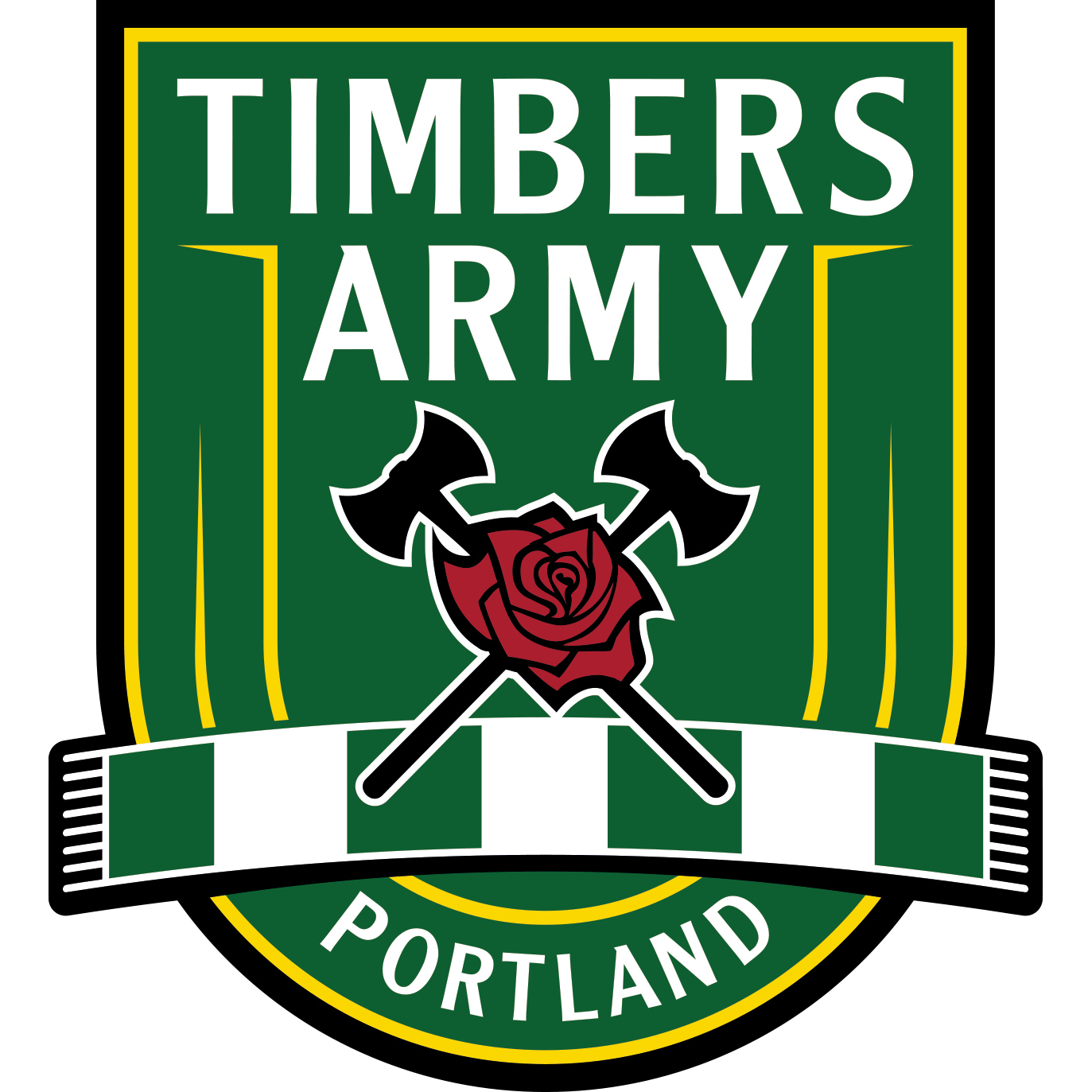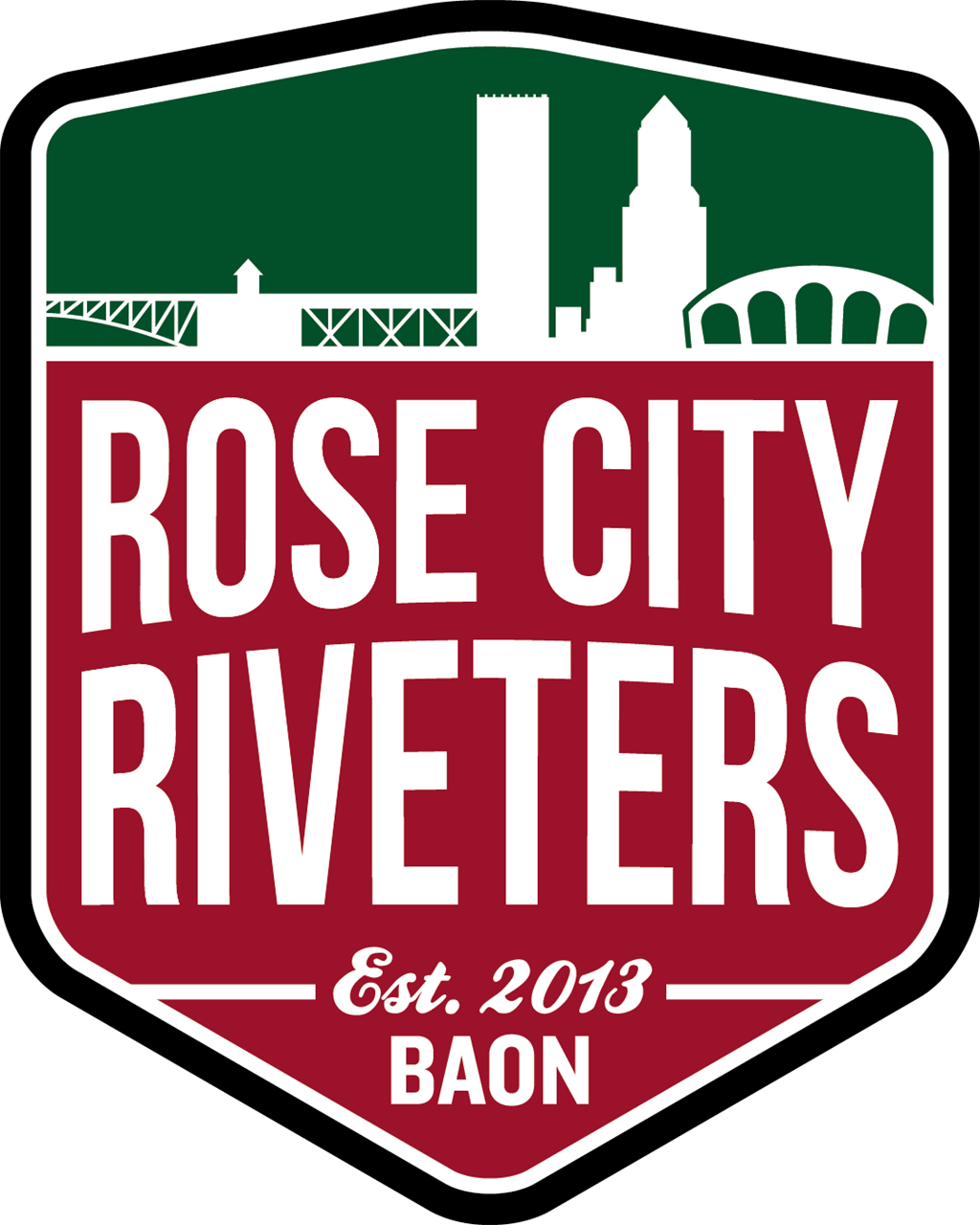—by Chris Rifer
By all means it could have been a 15-minute interview. A couple questions, maybe a video clip or two, and a promise dutifully kept.
That’s what expected when I showed up to Providence Park at three-o’clock Thursday afternoon. And that would have been more than enough.
Instead I had a master class in store.
When I climbed out of the belly of the north end of the stadium a few minutes past six, Caleb Porter along with Video Analyst Pablo Moreira[1] had given me a three-hour peek behind the curtain of what the Timbers do on a day-to-day and week-to-week basis, and how the coaching staff breaks down performances and prepares its team.
Let’s get one thing straight from the outset: It takes astronomically more than three hours of moving magnets, asking questions, and watching tape to understand soccer at a professional level.
Having attended training a number of times, it always struck me how casual its operation looks. The cones, flags, balls, dummies, and pennies all have their place. The players generally seem to know what they’re doing only interrupted by brief periods of instruction. Sure, the coaches – especially Porter – are active throughout, but for the most part things run pretty smoothly.
I always knew a lot of work went into preparing for training – it’s professional football, after all – but if I’m being honest, I had no idea how much went into preparation for the preparations.
Drills are planned to within the minute with input from multiple sources – coach, assistants, sport science staff, and training staff. The staff begin gathering information from players before the boys even arrive at the training facility. By the time the first ball is kicked around 10:00, the office has been buzzing with meetings for a couple hours – coach with staff, staff with staff, staff with players, and coach with players.
Porter’s office is exactly what you’d expect. Neat, organized, and unmistakable for anything but a football manager’s office.
The magnet whiteboard board is where I got schooled first. Here Porter lays out his team’s shape against how he predicts his opponent will shape up, prepares his game plan and rotations, and ultimately rehearses his team talks. For me, it was the site of my first batch of lessons: The thinking behind the system and how each position fits into the plan; when to press, with whom, and from what angles; and finally, who should rotate where in which situation and why I didn’t quite get it.
It turns out you really can stand at a whiteboard moving magnets for forty-five minutes.
Forty-five minutes, coincidentally, is about the same amount of time it takes to play a half of soccer. It takes much, much longer, however, to break down that half of soccer. But that’s what we did next from the couches in the locker room.
On one level, it wasn’t entirely unlike Greg Lalas’s Anatomy of a Goal segments. Except instead of Anatomy of a Goal, it was Anatomy of a Couple Dozen Plays, and, with due respect to Lalas, in significantly more detail.
If Porter spotted something, Moreira wound it back and they broke it down. They did the same – with considerable patience, I should add – when I had a question. In moving to the second half, we focused on the substitutions, changes in shape, and the effect that had on the game.
And to cap it off, Porter and Moreira had an unsettlingly top-of-the-head discussion about a 2012 UEFA Champions League Quarterfinal.
But that was inevitable, I suppose.
The takeaway, however, wasn’t that Porter knows a lot about soccer. He certainly does, but everybody already knew that.
Instead, what leaves an impression is the sheer volume of information the coaching staff sorts through in a week – from hours of video analysis, to analytics, to player fitness data, to scouting reports – that is used to inform tactical and selection decisions before being heavily distilled into a manageable game plan ready for presentation to the players.
And then they train.
And finally they play.
Onward, Rose City.
[1] Having come with Porter from Akron where he logged 40 starts at forward from ‘03-‘07 and went on to become Director of Soccer Operations during Porter’s last two years with the Zips, Moreira is a bit of a utility infielder within the Timbers locker room. Along with being Video Analyst and Player Relations Manager, the media know him best as an occasional postgame Spanish interpreter. But don’t mistake him for just a video analyst/player manager/interpreter; the guy knows his football.


